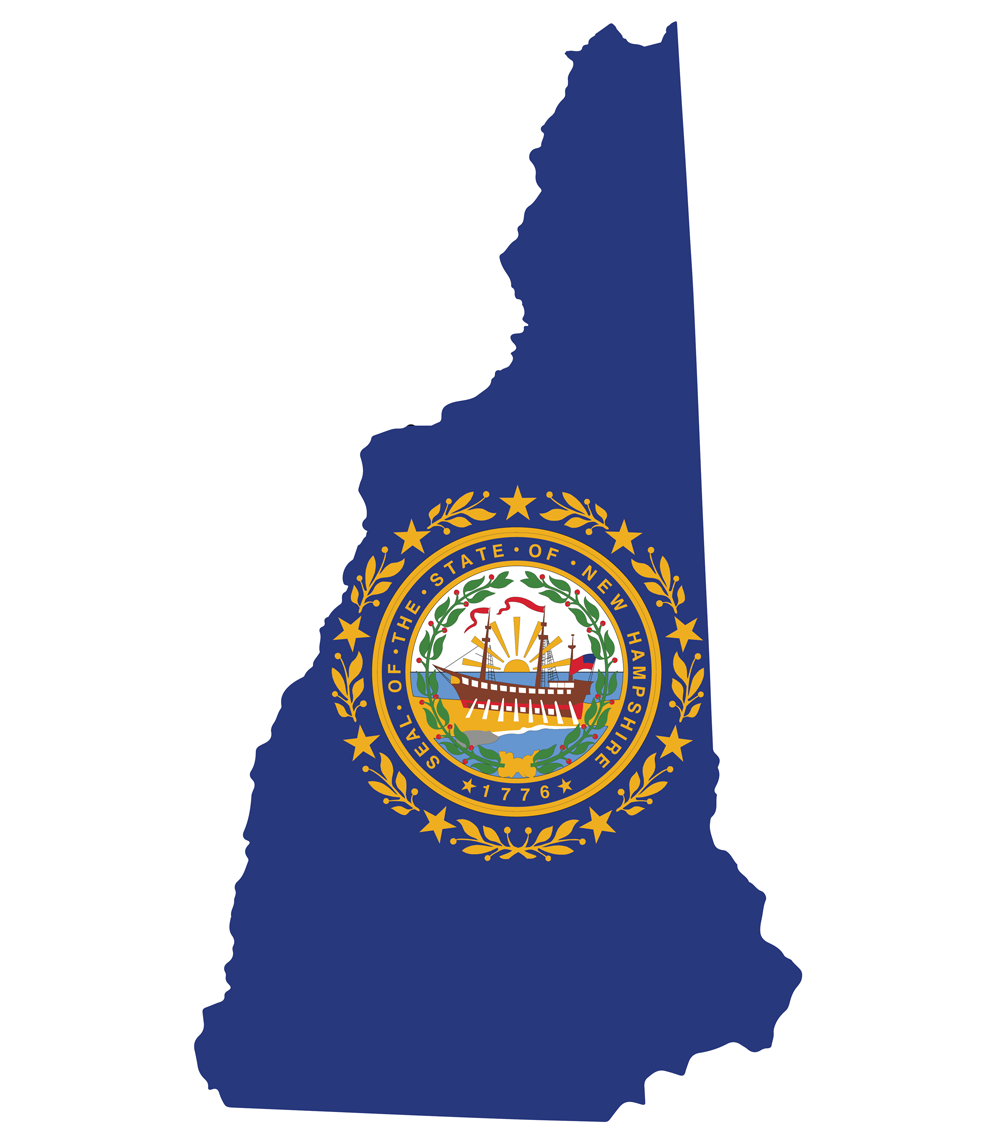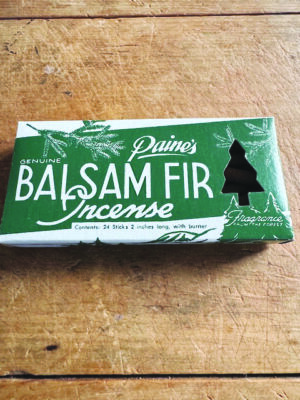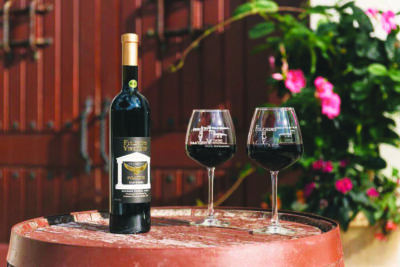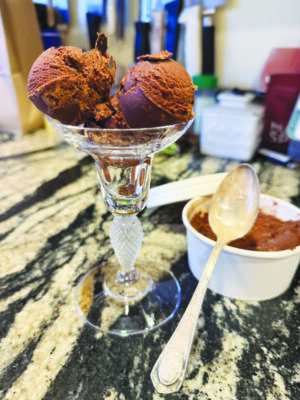Free prom dresses
Missy’s Closet Thrift Shop (13 Hazel Lane, Manchester, 978-7872, facebook.com/MissysClosetBoutique) is in the midst of its biggest event of the year, Free Prom Dress For Teens. Throughout the year the Missy’s Closet staff collects prom dresses, suits, make-up, jewelry and anything else teens may need for prom. These are given away to teens entirely for free, according to a press release.
QOL score: +1
Comment: Teens can shop for prom necessities at 68 March Ave. in Manchester on Fridays (4 to 7 p.m.), Saturdays (10 a.m. to 3 p.m.) and Sundays (10 a.m. to 3 p.m.) until April 6.
Nevertheless, they persisted
As reported by WMUR in a March 19 online article, an Exeter coffee bar owner has used a negative review as a way to promote business. The shop, Flamingos Coffee Bar, recently received a two-star review online, with the comment, “Place was disgustingly pro women and just walking inside I immediately felt unwelcome as a male … probably wouldn’t return.” “Logan says she initially thought, ‘Ouch’,” the WMUR article read, “but her mindset quickly shifted from offended to empowered. ‘It’s actually a really great motto,’ she said. ‘It’s a great slogan.’” Since then, Logan has used the phrase “Disgustingly Pro-Women” sell popular merchandise with the motto on it.
QOL score: +1
Comment: See the “Disgustingly Pro-Women” merch at flamingoscoffeebar.com/merch.
Tolls, now 20 percent more annoying
In a March 19 online article, New Hampshire Public Radio reported that “the open road tolls in Hooksett on Interstate 93 will be closed starting in April until about Memorial Day. In the meantime, all traffic will be directed through the traditional cash and EZ Pass Lanes.” According to a March 18 press release from the Department of Transportation (dot.nh.gov) the shutdown is “to replace the full ORT system equipment. The anticipated start date is Tuesday, April 1, 2025, weather dependent. The work is expected to take approximately two months with an anticipated reopening prior to Memorial Day 2025.”
QOL score: -2
Comment: As recommended by NHPR, “Travelers can check traffic conditions at NewEngland511.org before heading out.”
Trophy fish
In a March 20 press release, the New Hampshire Department of Fish and Game (nhfishgame.com) announced the winners of 2024’s Trophy Fish Program. Two new state records were set in 2024. Douglas Shanahan of Laconia bested the former pumpkinseed mark with a 10.75-inch long, 1-pound 3.92-ounce specimen from Winnisquam Lake last May. Stephen Whisler, age 13, of Portsmouth, set a new state record for the species with a 21.75-inch long, 6-pound 4-ounce sea raven taken in the Atlantic Ocean off Hampton in July.
QOL score: +1
Comment:For a list of New Hampshire trophy fish, and to learn more about the program, visit wildlife.nh.gov/fishing-new-hampshire/trophy-and-record-fish-program.
QOL score last week: 60
Net change: +1
QOL this week: 61
What’s affecting your Quality of Life here in New Hampshire? Let us know at news@hippopress.com.



















